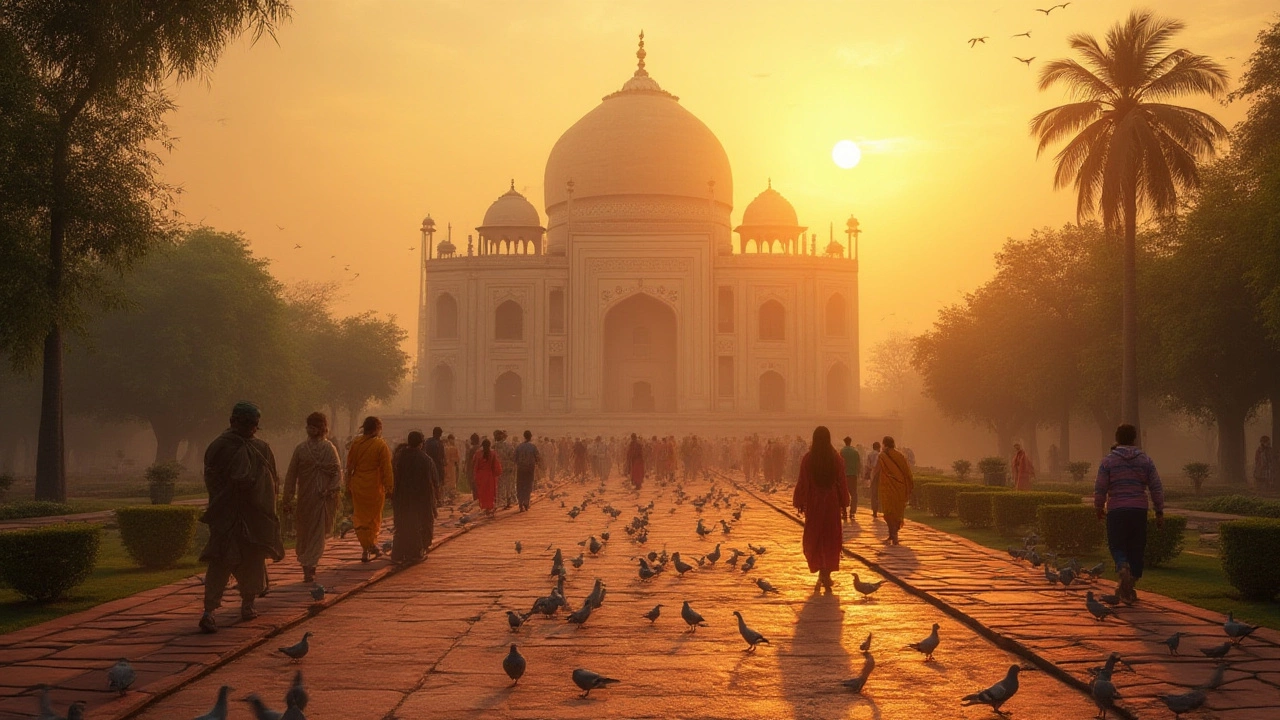
Indian National Monument: Facts, History, and Surprising Stories
Explore the story behind the Indian national monument—its origins, hidden stories, cultural impact, design secrets, and tips for visitors.
When you think of monuments of India, enduring stone structures built to honor power, faith, or memory across thousands of years, you’re not just looking at architecture—you’re reading history written in marble, granite, and sandstone. These aren’t tourist backdrops; they’re living records of empires, devotion, and human skill that still shape how India sees itself today. From the snow-white curves of the Taj Mahal, a Mughal mausoleum built as a symbol of love and loss in the 17th century to the wild, jungle-covered ruins of Hampi, the capital of the Vijayanagara Empire, where temples and palaces once echoed with courtly music and market chatter, each site carries a story that’s deeper than its postcard image.
What makes these monuments different from others around the world? They’re not just built to last—they were built to speak. The Khajuraho temples, famous for their intricate erotic carvings, but far more importantly, a spiritual map of cosmic order and human desire in medieval India don’t shock for shock’s sake. They reflect a worldview where pleasure, devotion, and the divine weren’t separate. Even the simple stepwells of Gujarat, like Rani ki Vav, weren’t just water sources—they were social hubs, spiritual retreats, and architectural wonders carved with goddesses and celestial beings. These places were never meant to be seen from a distance. They were meant to be walked through, prayed in, and lived around.
And yet, many of these monuments aren’t just relics—they’re still part of daily life. People light lamps at the steps of the Meenakshi Temple in Madurai, kids play cricket near the Qutub Minar in Delhi, and pilgrims chant mantras in the shadow of the Konark Sun Temple’s broken wheels. The monuments of India aren’t frozen in time. They breathe. They change. They hold both ancient rituals and modern chaos. What you’ll find in the posts below isn’t a dry list of tourist spots. It’s a collection of real stories: why certain monuments were built, how they survived wars and neglect, and what they mean to the people who live near them today. Whether you’re planning a trip or just curious about India’s soul, these articles will show you the stones—and the stories—behind them.

Explore the story behind the Indian national monument—its origins, hidden stories, cultural impact, design secrets, and tips for visitors.